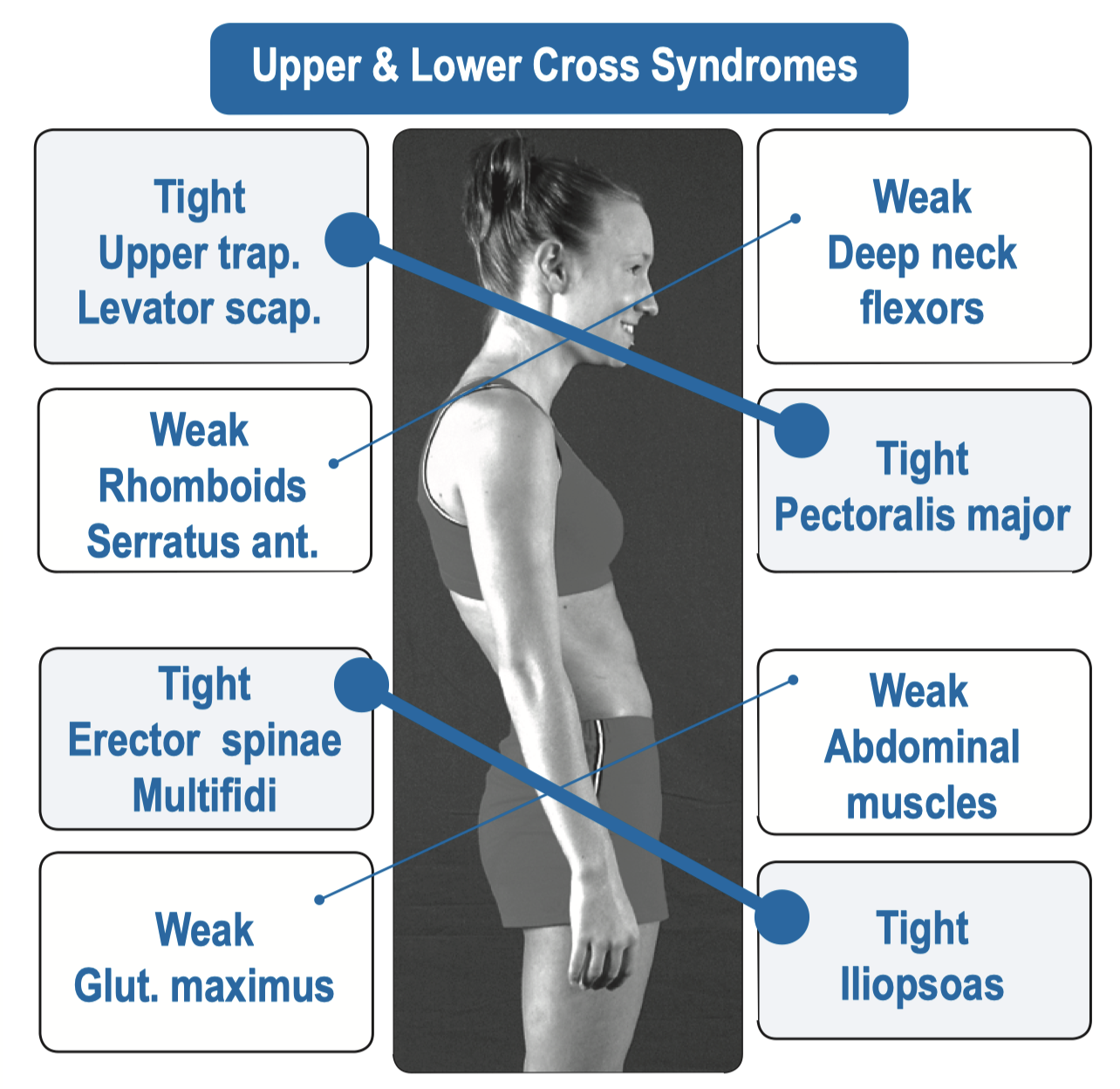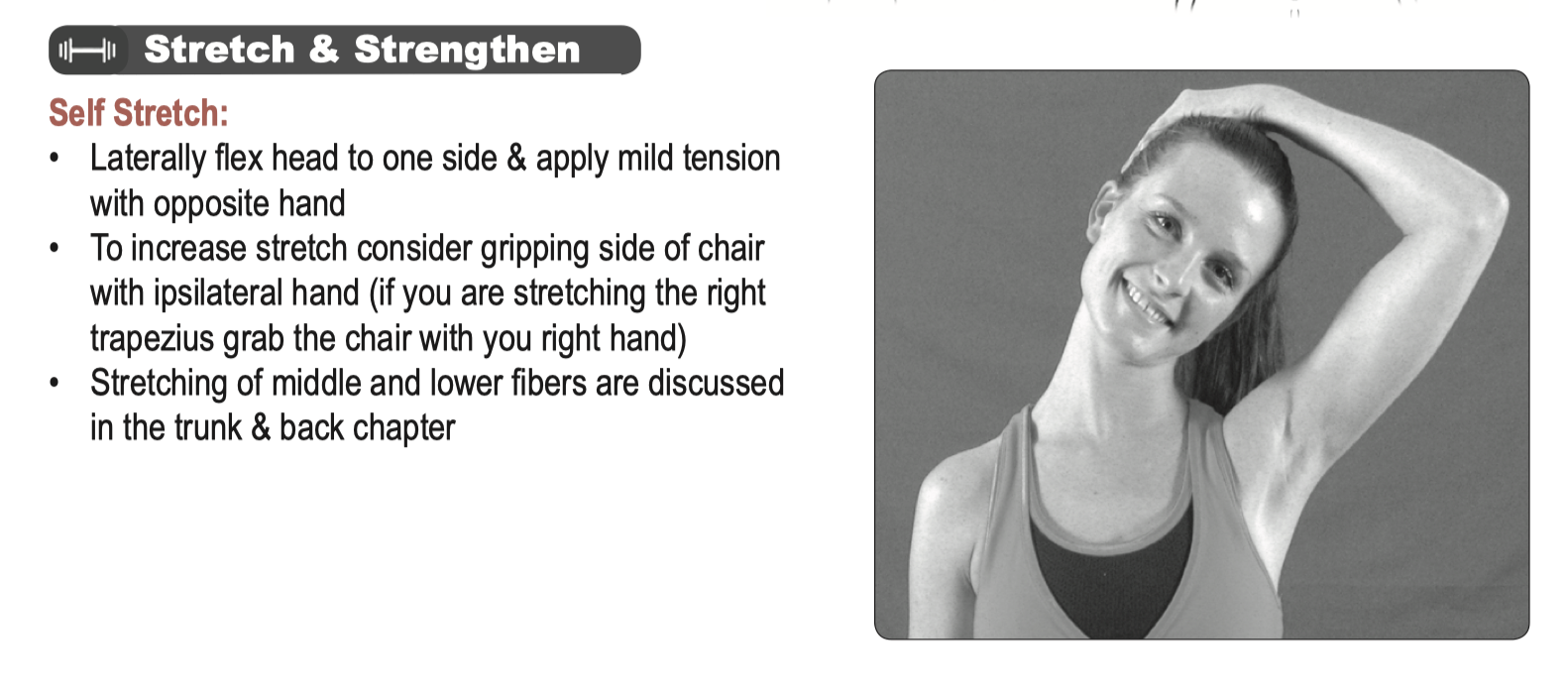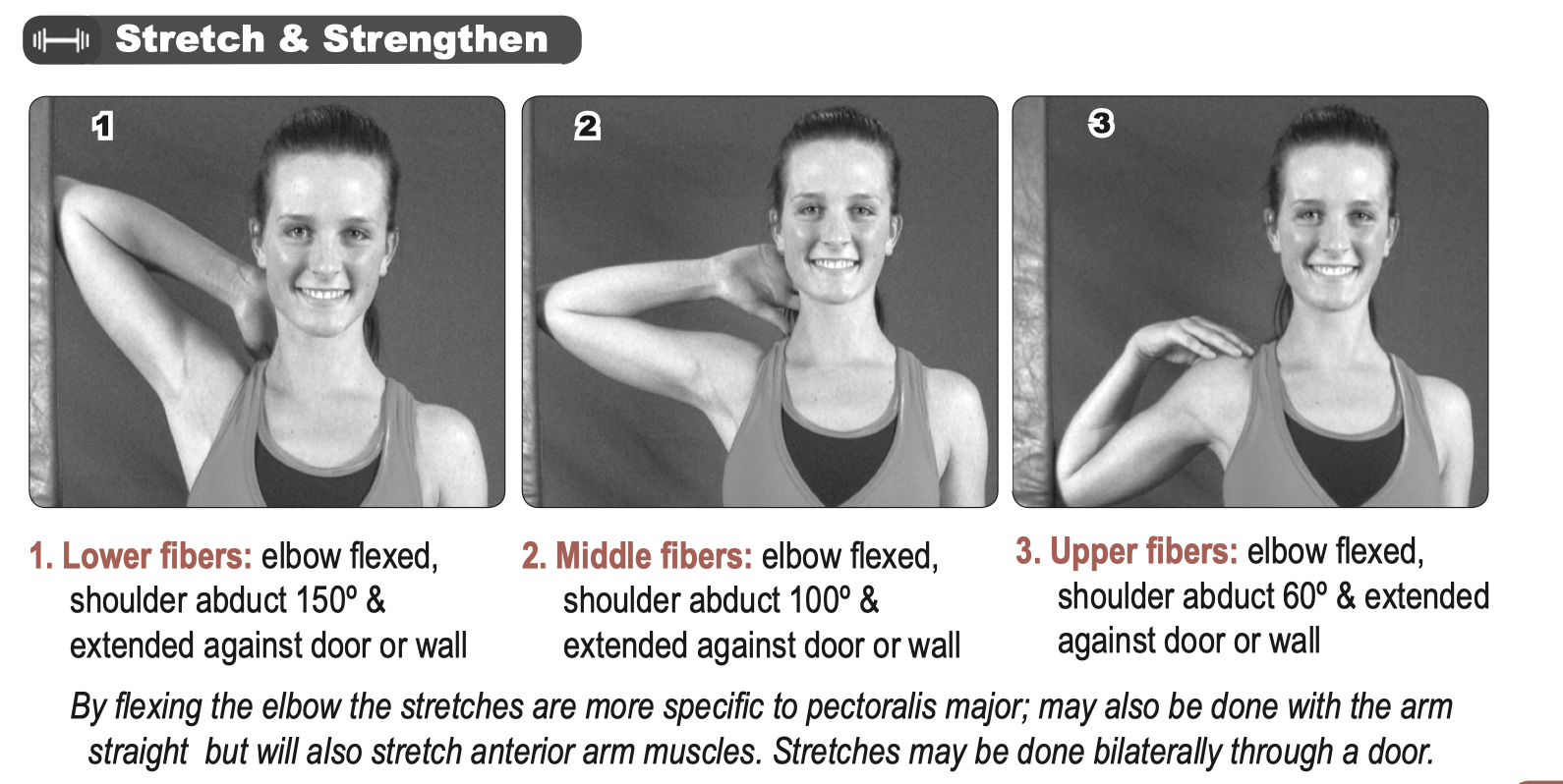
June 16, 2020
Plantar Fasciitis: Acupuncture and Exercises for Pain Management

Muscle pain and injury is a major medical problem that a majority of the population has experienced at least once in their life time (60 – 85%). Unless you’re a baby, the likelihood that you’ve experienced muscle soreness and injury is extremely high. We have yet to determine a clear picture of what causes chronic muscle pain, however much of the research shows that is it due to pain receptors in the muscles (nocireceptors) being constantly stimulated leading to activation of spinal neutrons that send the pain signal to your brain causing you to feel pain. So how does muscle testing help with muscle pain? First, let’s talk about the cause of muscle pain.
Clinically, the top 4 reasons are:
However, all 4 reasons are not stand alone – they actually are interlinked together. It all starts with poor posture. Poor posture (e.g. hunched back – also known as upper cross syndrome) for long periods of time (i.e. sitting at a desk) will cause weakening of the back muscles (e.g. rhomboids, erector spinae) and tightening of the chest muscles (e.g. pectorals major and minor). This is why you feel SO GOOD when you stretch out your back when you get up from your chair for a much needed break. 
Poor posture will cause the tight muscles to be in a tense state for the duration of the time you’re in that position. This is why it’s important to take a break every 45 minutes and stretch it out! If you don’t and this continues for days or weeks, trigger points will form.
Trigger points are those knots/bulges in the muscle that cause pin point areas of extreme tenderness when you press on them (which fortunately or unfortunately, is how you will treat those trigger points). On a physiological level, a trigger point is when the muscle fibres become tight/wound around itself. This tightness will reduce circulation of blood into the muscle and pinch the nerves in the muscle as well – this leads to worsening of pain, weakening of muscle, and slower recovery.
This is why – it all starts with proper posture and stretching/movement to ensure your muscles aren’t frozen in one position. Your body was meant to move to heal – so let’s help it out a little!
Muscle testing is extremely important to determine what muscle is weak and needing some love. This will aid in being more specific and efficient in treatment.
It’s like treating a broken finger by casting the whole hand. Why would we such a general treatment when we can simply splinter the finger and let the rest of the hand remain functional.
By identifying the muscle in question, we can apply therapies such as massage therapy, acupuncture, and stretches/exercise rehab tailored to that muscle/muscle group. Here are some key stretches you can do for tight upper trapezius and pecs (see graphic above) for that pesky computer desk posture.
Upper Trapezius


Pectoralis major

 Used with permission from Dr. Nikita Vizniak. 2020 Muscle Manual. Prohealth sys.
Used with permission from Dr. Nikita Vizniak. 2020 Muscle Manual. Prohealth sys.References